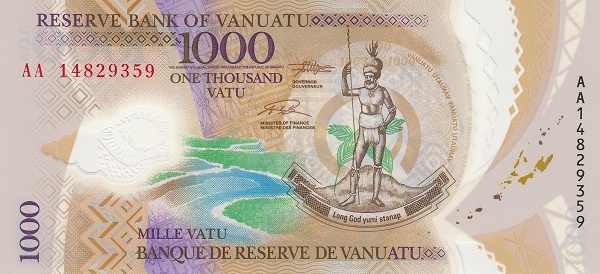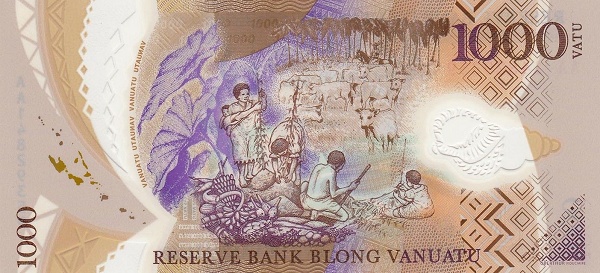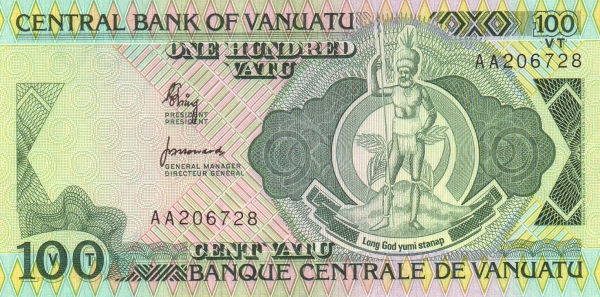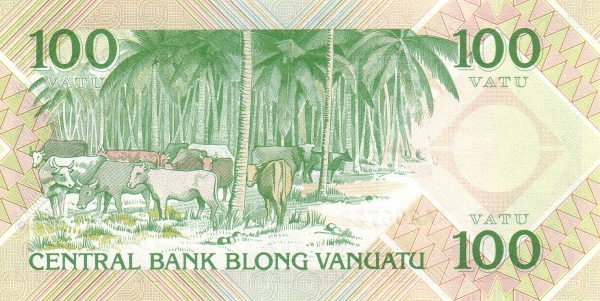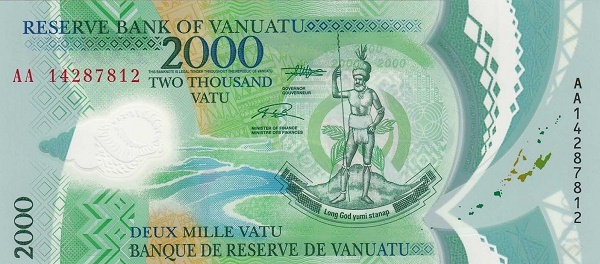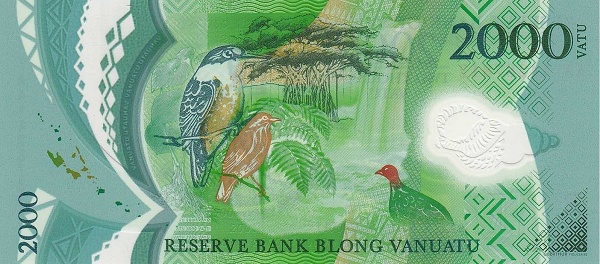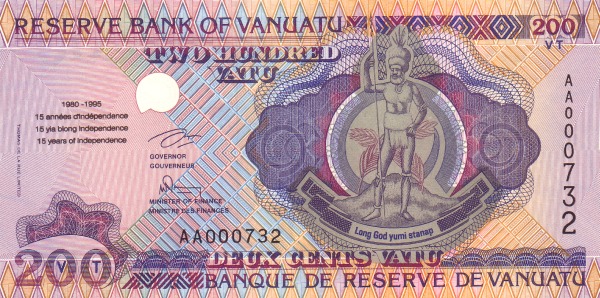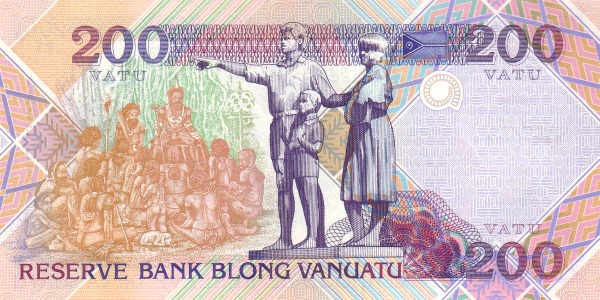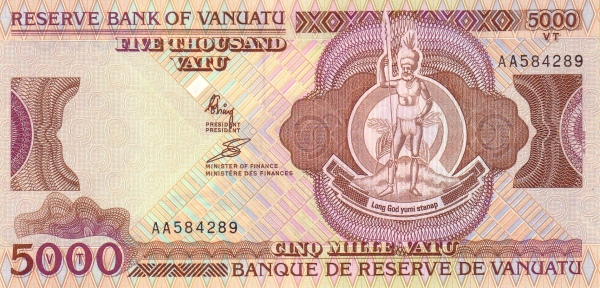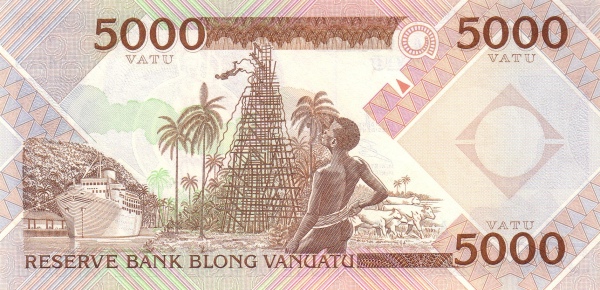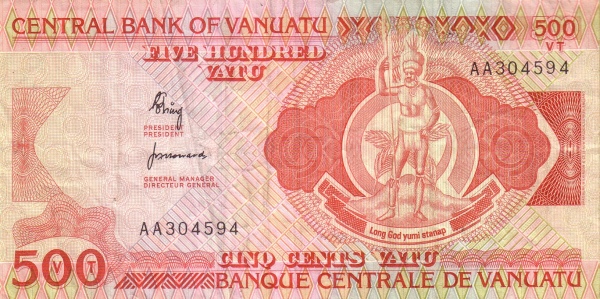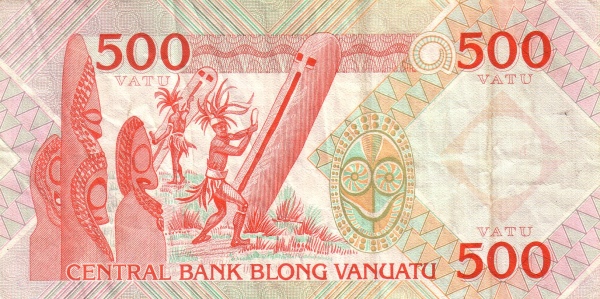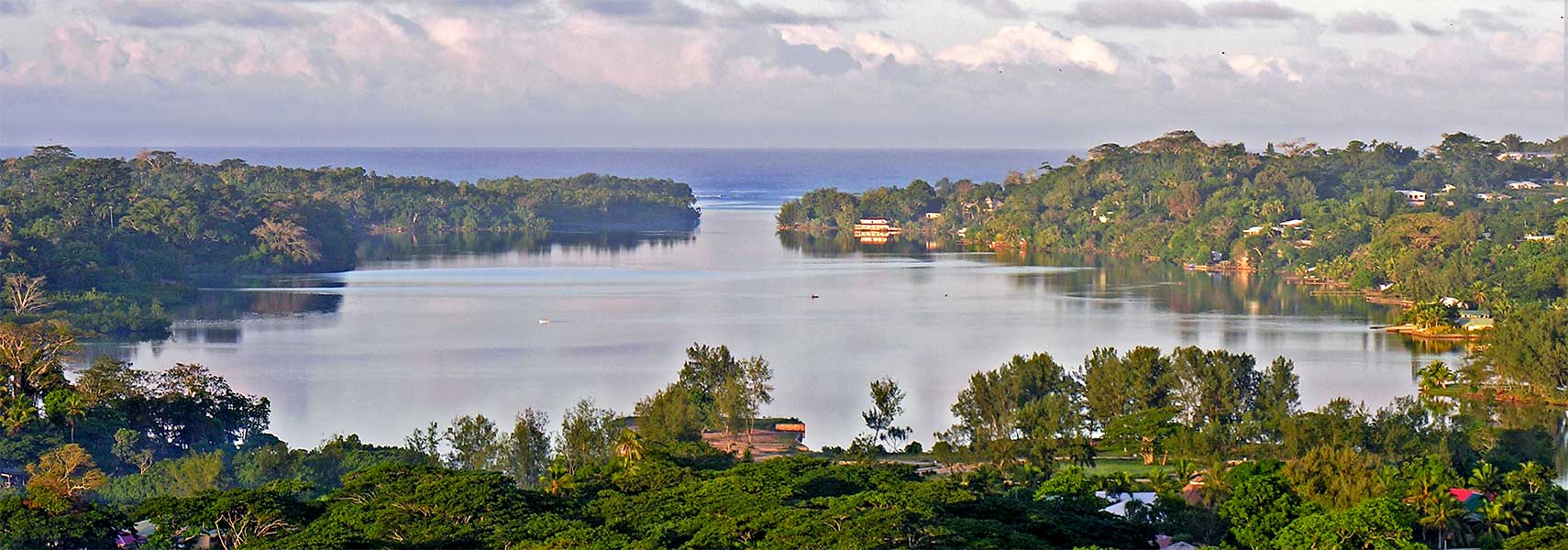Exploring the Wonders of Vanuatu
Vanuatu, a captivating archipelago situated in the South Pacific Ocean, comprises around 80 islands, each rich in natural beauty and cultural heritage. Formerly referred to as the New Hebrides, this stunning destination invites travelers from all over the globe to discover its unique offerings. Nestled northeast of New Caledonia, east of Australia, and west of Fiji, Vanuatu features an extraordinary Y-shaped chain of fourteen primary islands. With a volcanic origin, these islands emerge from the crashing waves of the South Pacific Ocean and the serene waters of the Coral Sea.
The Volcanic Marvels of Vanuatu
Geologically, Vanuatu forms part of the dynamic Pacific Ring of Fire, where the Pacific and Indo-Australian tectonic plates converge. This unique positioning results in a range of geological phenomena, including earthquakes, tsunamis, and volcanic activities. While these elements may seem daunting, they create incredible attractions for adventurous tourists. Notably, Mount Yasur on Tanna Island stands out as one of the most accessible active volcanoes in the world, attracting visitors eager to witness its fiery displays, particularly during the nighttime. Furthermore, the highest mountain in Vanuatu, Mount Tabwemasana, rises majestically on Espiritu Santo Island, reaching an impressive 1,879 meters (6,165 feet).
A Rich Tapestry of Culture and Diversity
The archipelago covers a total land area of 12,189 square kilometers, an expanse comparable to that of the Falkland Islands or slightly larger than the state of Connecticut. As of 2015, Vanuatu boasts a population of approximately 278,000 residents, who primarily call the vibrant capital city, Port Vila, their home. Here, an intriguing medley of languages enriches communication among the locals. While Bislama—a creole language derived from English—serves as a common tongue, both English and French hold official status, alongside numerous Austronesian languages.
Government and Independence of Vanuatu
A Democratic Framework
The Republic of Vanuatu operates under a parliamentary democracy, established upon gaining independence on July 30, 1980, from French and British colonial rule. Its constitution, which became effective on the same day, lays the groundwork for governance and civil rights. Furthermore, Vanuatu’s political landscape underscores the importance of local leadership and community participation, fostering a sense of empowerment among its citizens.
Geographical Features and Climate
Geographically, Vanuatu consists of an intriguing combination of volcanic mountains and narrow coastal plains. Its terrain showcases the stunning diversity of the islands, where lush greenery meets pristine beaches. Climate-wise, Vanuatu experiences a tropical maritime climate, providing moderate rainfall predominantly from November to April. This conducive climate sustains the various plant and animal species that thrive in the region.
Diverse Communities and Cultural Identity
The rich cultural fabric of Vanuatu
Largest cities of: Vanuatu
| City Name | Population | Year of foundation | |
| Port Vila | 31,000 | 1840 | |
| Luganville | 12,000 | 1942 | |
| Espiritu Santo | 10,000 | 1606 |
Vanuatu: Money
